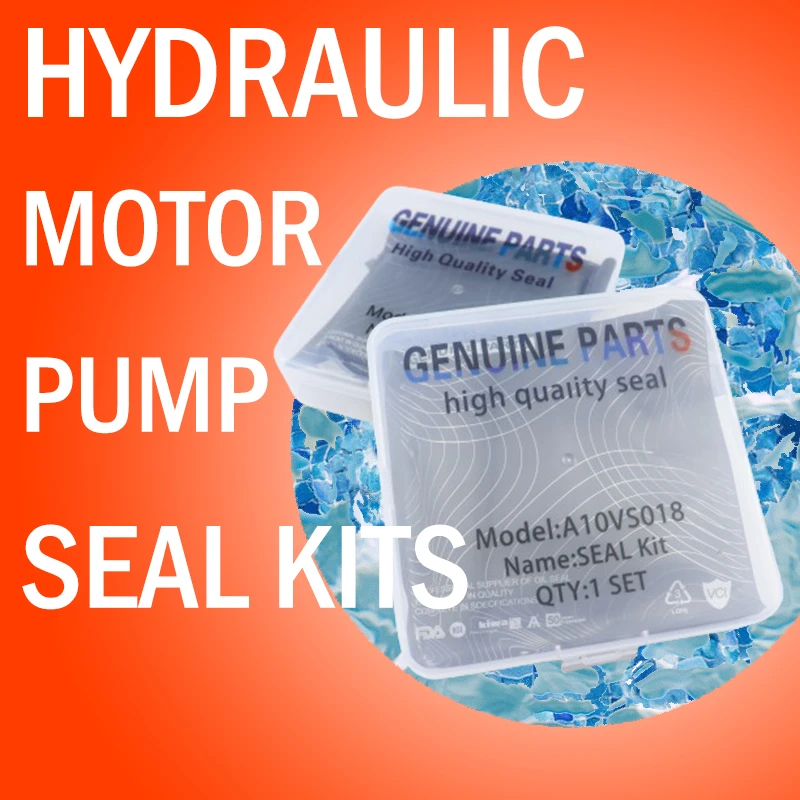Oct . 31, 2024 15:41 Back to list
Hydraulic Seal Kit Essential for Efficient Machinery Performance and Maintenance Solutions
Understanding Seal Kits for Hydraulic Systems
Hydraulic systems are integral to various industrial applications, ensuring efficiency and effectiveness in the movement of machinery and heavy equipment. At the heart of these systems lie seal kits, which play a critical role in maintaining the integrity and performance of hydraulic components. This article will delve into the significance of seal kits in hydraulic applications, discussing their components, functionality, and the factors influencing their selection and maintenance.
Understanding Seal Kits for Hydraulic Systems
The functionality of a hydraulic seal kit is paramount to the operational efficiency of hydraulic systems. A well-sealed system ensures optimal pressure is maintained, which is essential for the system to perform effectively. Conversely, a compromised seal can lead to pressure loss, fluid leakage, and even system failures, which may result in costly downtimes and repairs. Therefore, the integrity of seal kits is vital for the reliable operation of hydraulic machinery.
seal kit hydraulic

When selecting a seal kit for a hydraulic application, several factors need to be considered. One of the primary considerations is the type of fluid the hydraulics will be using. Different fluids (e.g., water-based, mineral oil, or biodegradable fluids) can affect the material properties of the seals, leading to potential degradation. Common materials used in seal manufacturing include nitrile rubber, polyurethane, and fluorocarbon, each offering different strengths in terms of temperature resistance and compatibility with various fluids.
Another essential factor is the operating temperature and pressure of the hydraulic system. Each seal material has a specific temperature range in which it maintains its integrity. For instance, while nitrile rubber serves well in moderate temperature ranges, fluorocarbon seals are better suited for extreme temperatures. Ensuring the chosen seal kit can withstand the specific pressures and temperatures of the hydraulic system is crucial for longevity and performance.
Maintenance also plays a vital role in extending the lifespan of hydraulic seal kits. Regular inspections should be conducted to identify any signs of wear or damage. Proper lubrication and careful installation can help minimize the risk of premature seal failure. Additionally, it is advisable to replace seals at recommended intervals, even if no visible signs of wear are apparent, as seals can degrade over time.
In conclusion, seal kits are fundamental components of hydraulic systems, ensuring their efficient and reliable operation. By understanding the types of seals, their functions, and the critical factors influencing their selection and maintenance, users can significantly enhance the performance of their hydraulic machinery. By investing in quality seal kits and adhering to a robust maintenance routine, businesses can minimize downtime and maximize productivity, showcasing the crucial role that these components play in today’s industrial landscape.
-
TCN Oil Seal Metal Ring Reinforcement for Heavy Machinery
NewsJul.25,2025
-
Rotary Lip Seal Spring-Loaded Design for High-Speed Applications
NewsJul.25,2025
-
Hydraulic Cylinder Seals Polyurethane Material for High-Impact Jobs
NewsJul.25,2025
-
High Pressure Oil Seal Polyurethane Coating Wear Resistance
NewsJul.25,2025
-
Dust Proof Seal Double Lip Design for Construction Equipment
NewsJul.25,2025
-
Hub Seal Polyurethane Wear Resistance in Agricultural Vehicles
NewsJul.25,2025
-
The Trans-formative Journey of Wheel Hub Oil Seals
NewsJun.06,2025
Products categories
















